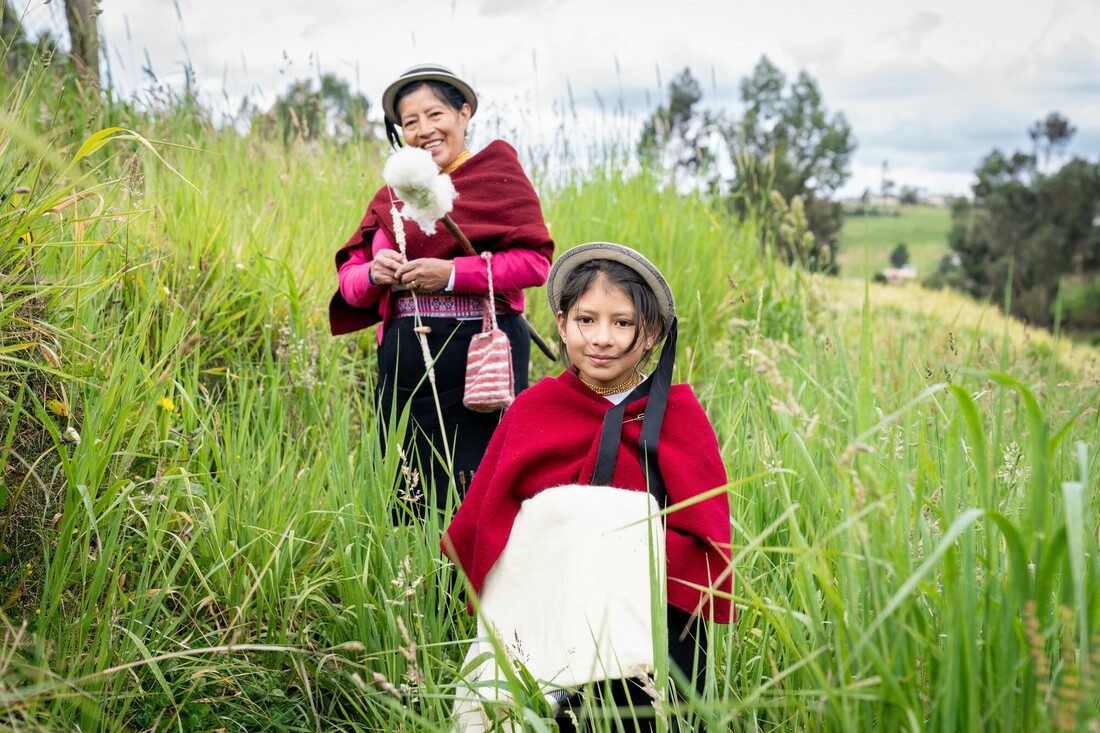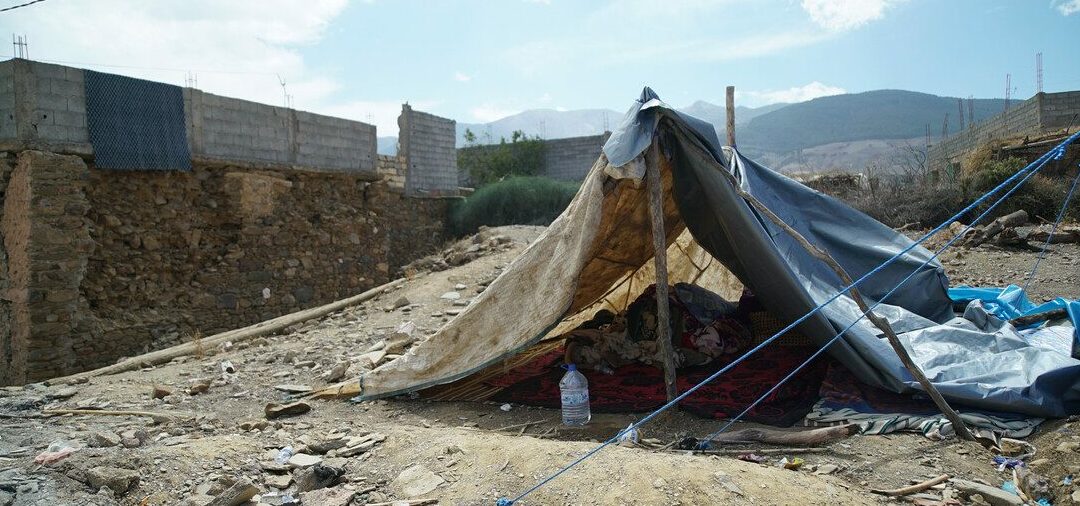Did you know that climate change is yet another form of sexist discrimination against women?
How and why are women the first to be affected by climate change? And how are they fighting for themselves, their families and our planet?
Over the next five weeks, discover some of the amazing and strong women and girls who are on the frontline in the fight against climate impacts.
Join our campaign to support them!


Lumuno Muleya and her grandmother, Mable Munsaka Sialwiindi in the Kalomo District of Southern Province, Zambia. Peter Caton/CARE
Why is climate change sexist?
Climate change is not just an environmental crisis, it is also a gender crisis.
Did you know that women and girls spend 200 million hours walking every day to collect water?
Instead of going to school, instead of working their way out of poverty, girls and women are walking more and more hours to collect water in regions affected by droughts and dwindling natural resources.
Women are often responsible for securing and preparing their households’ food, yet they might also be the ones to eat “last and least.” Women are also more likely to be excluded from decision-making when it comes to addressing hunger in their communities (CARE 2020) and have reported increased incidences of gender-based violence.


This is the increase in marriages of girls aged 11 to 14 during a heatwave lasting more than thirty days in Bangladesh (CARE 2023).


84.2 million more women and girls, than men and boys, suffer from food insecurity in the world (International Social Work, Aug 2023).


Instead of going to school, this is the average number of hours spent by girls walking to find water in the Global South (UN Women).
Climate heroines: Women leading solutions to climate change
A whole generation of women and girls are on the frontline of climate impacts. But they are not giving up.
“In our community, it’s the women who take action”, says Virginia, an Indigenous farmer and ecofeminist in Ecuador.


Virginia and her granddaughter, Samantha. Ana Maria Buitron/CARE
At 57 years old, Virginia is not only a mother of three and an Indigenous farmer, but she is also one of her community’s leaders in adapting to climate change. To help them, CARE has set up the very first agroecology school for women in her province. In these schools, CARE supports women to grow plants that are resilient to climate change and protect the environment.
“Women are the producers, the leaders. We continue to move forward!”
Why do these women need our support and how can YOU get involved?
These women must finally be heard and recognized. It’s unacceptable that they are not invited to the climate negotiations. Women represent only 35 per cent of the participants at the Conference of the Parties to the Convention (COP)—the annual United Nations climate change conference. This is one of the demands that CARE will be making at COP 28, which starts November 30th. We will also continue to demand that adaptation projects led by women receive the financial support they deserve.
Would you like to support the women who are fighting against the impacts of climate change, but don’t know how?
Inform yourself
Read these heroines’ stories and find out how they combat the effects of climate change on their lives, their families and their communities.
Share
Share this campaign with your network. The more people are aware of this double injustice, the more we can take action.
Join us
Together, we can make an impact that measures up to the courage of these women. Follow our global campaign on social media and like, follow and share.
CARE’s action against climate change
CARE is one of the world’s largest humanitarian networks. CARE fights against poverty and the effects of climate change, in particular by defending women’s rights. In 2022, we helped 174 million people in more than 100 countries around the world. Here’s how:
- We help the most vulnerable populations to reduce the impact of natural disasters and provide emergency aid during climate emergencies.
- We build their capacity to adapt to climate impacts over the long-term, using resilient farming techniques.
- We take part in international climate conferences to ensure that governments put in place ambitious and effective policies to combat climate change.




